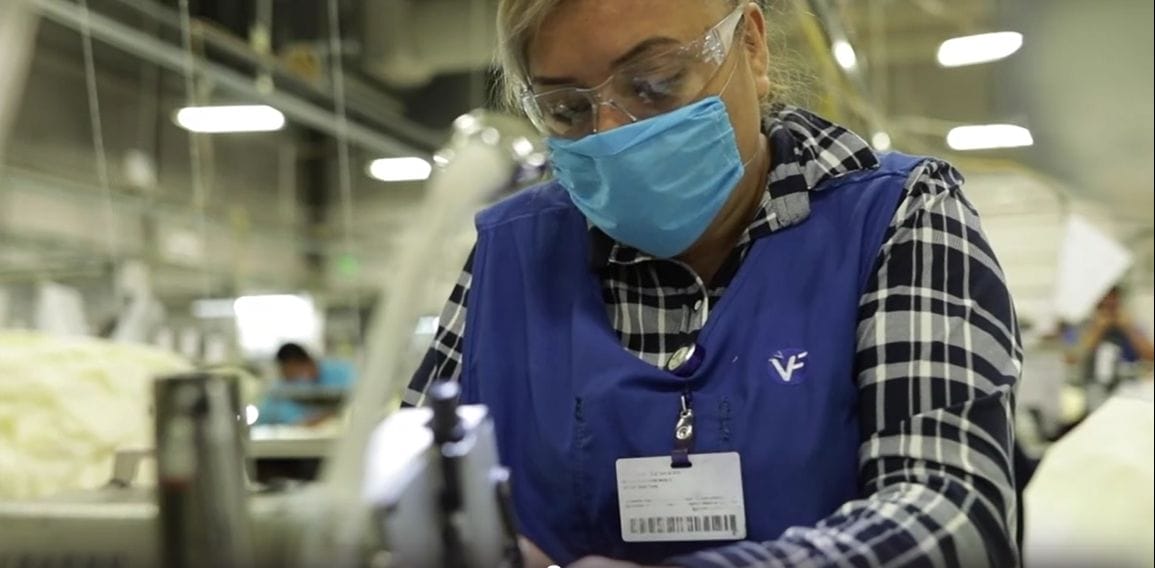Earlier this week, the House passed an extension of the FFCRA as part of its $1.9 trillion COVID-19 stimulus bill. (I’ll cover its details in a future post, but if you’re curious now, head over to Jeff Nowak’s FMLA Insights.)
One of the new measures in this proposed extension is the inclusion of leave taken by an employee to obtain a COVID-19 vaccine or recover from any injury, disability, illness or condition related to the vaccine.
Bravo! But here’s the thing. Until this passes and becomes law, and even if it doesn’t become law, employers should be paying employees for time off related to the COVID vaccine. At least for now, vaccine appointments are scarce and employees who are eligible to get vaccinated must take appointments when they can get them. Many will need to get their vaccines during the workday. Moreover, post-vaccination, some employees will have a reaction serious enough to keep them house-bound for a day or so.
The way through the end of this pandemic and returning our lives to normal is by getting enough shots in arms as quickly as possible. As employers, want to encourage our employees to get vaccinated.
We don’t want employees to feel like they have to choose between obtaining a vaccine and obtaining a paycheck. Some will choose poorly. By paying employees for time off from work related to COVID-19 vaccinations, we are making the decision that these vaccines are a priority, and that we are not standing in our employees’ way from obtaining them as soon as possible.









